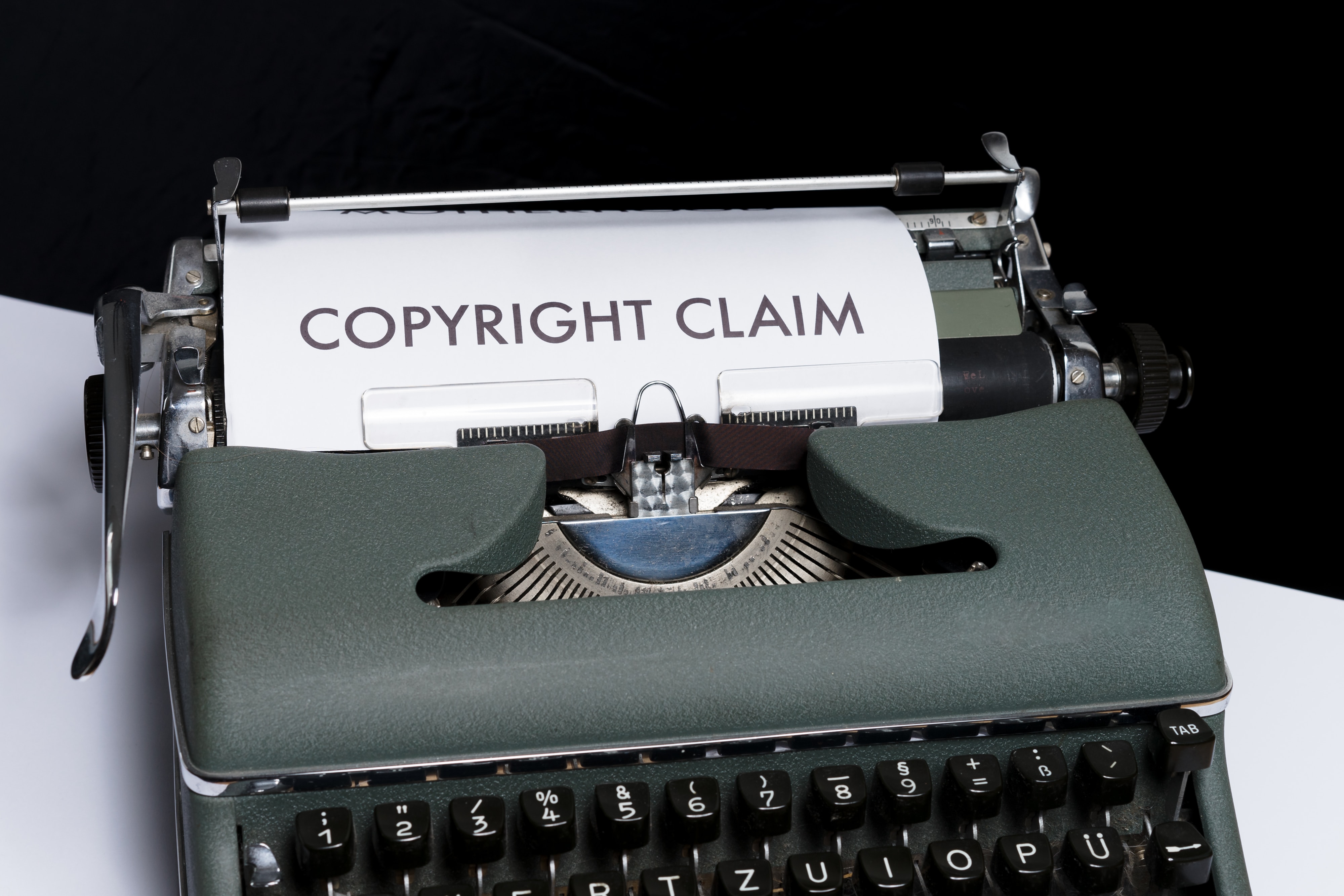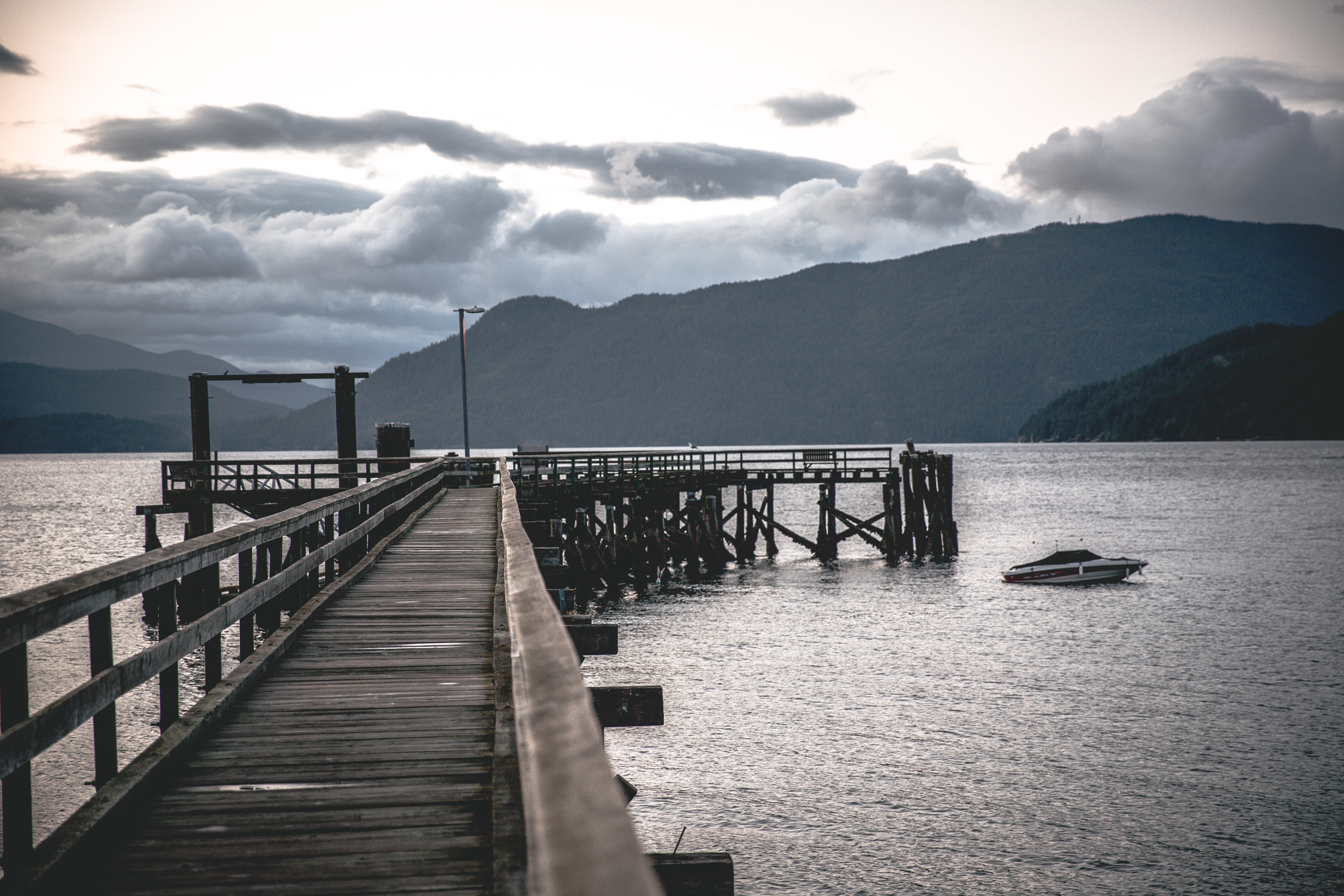YouTube has become one of the most popular platforms for creators to share their content with the world. However, one of the biggest challenges faced by creators is navigating the copyright laws and avoiding copyright claims. To help creators with this issue, YouTube has implemented a Content ID system, which allows copyright owners to claim and monetize content that uses their copyrighted material. In this article, we'll explore the YouTube Content ID system and ways to avoid getting copyright claims.

What is the YouTube Content ID System?
The YouTube Content ID system is a tool that allows copyright owners to claim and monetize content that uses their copyrighted material. The system uses advanced technology to scan all uploaded content on the platform and identify copyrighted material.
Once the system identifies copyrighted material, the copyright owner can choose to either block the video or monetize it through advertising. If the copyright owner chooses to monetize the video, they will receive a portion of the revenue generated by the ads displayed on the video.
How Does the Content ID System Work?
The Content ID system works by scanning all uploaded content on the platform and comparing it to a database of copyrighted material. The database contains information provided by copyright owners, such as music labels and movie studios.
If the system detects copyrighted material in a video, the copyright owner is notified and given the option to either block the video or monetize it through advertising. If the copyright owner chooses to monetize the video, ads will be displayed on the video, and the revenue generated from the ads will be split between the copyright owner and the creator.

How to Avoid Getting Copyright Claims on YouTube?
1.Use Royalty-Free Music
One of the easiest ways to avoid getting copyright claims on YouTube is to use royalty-free music. Royalty-free music is music that can be used without the need to pay ongoing royalties to the copyright owner. By using royalty-free music, creators can avoid copyright claims and ensure that their content is safe to use on the platform.
2.Obtain Permission
Another way to avoid getting copyright claims on YouTube is to obtain permission from the copyright owner. This can include getting permission from the artist or label for music, or getting permission from the owner of an image or video.
3.Use Creative Commons Licensed Material
Creative Commons is a licensing system that allows creators to share their work with the public while still retaining some rights. Creative Commons licenses come in different types, allowing creators to choose how their work can be used.
Creators can search for Creative Commons licensed material on websites such as Creative Commons and Wikimedia Commons. When using Creative Commons licensed material, make sure to follow the terms of the license and give proper attribution to the original creator.
4.Use Public Domain Material
Public domain material is material that is no longer protected by copyright. This includes works that are over 100 years old, works that have been donated to the public domain by the creator, and works that have had their copyright expire.
Creators can find public domain material on websites such as Project Gutenberg and the Internet Archive. When using public domain material, make sure to check the copyright status of the work and give proper attribution to the original creator.